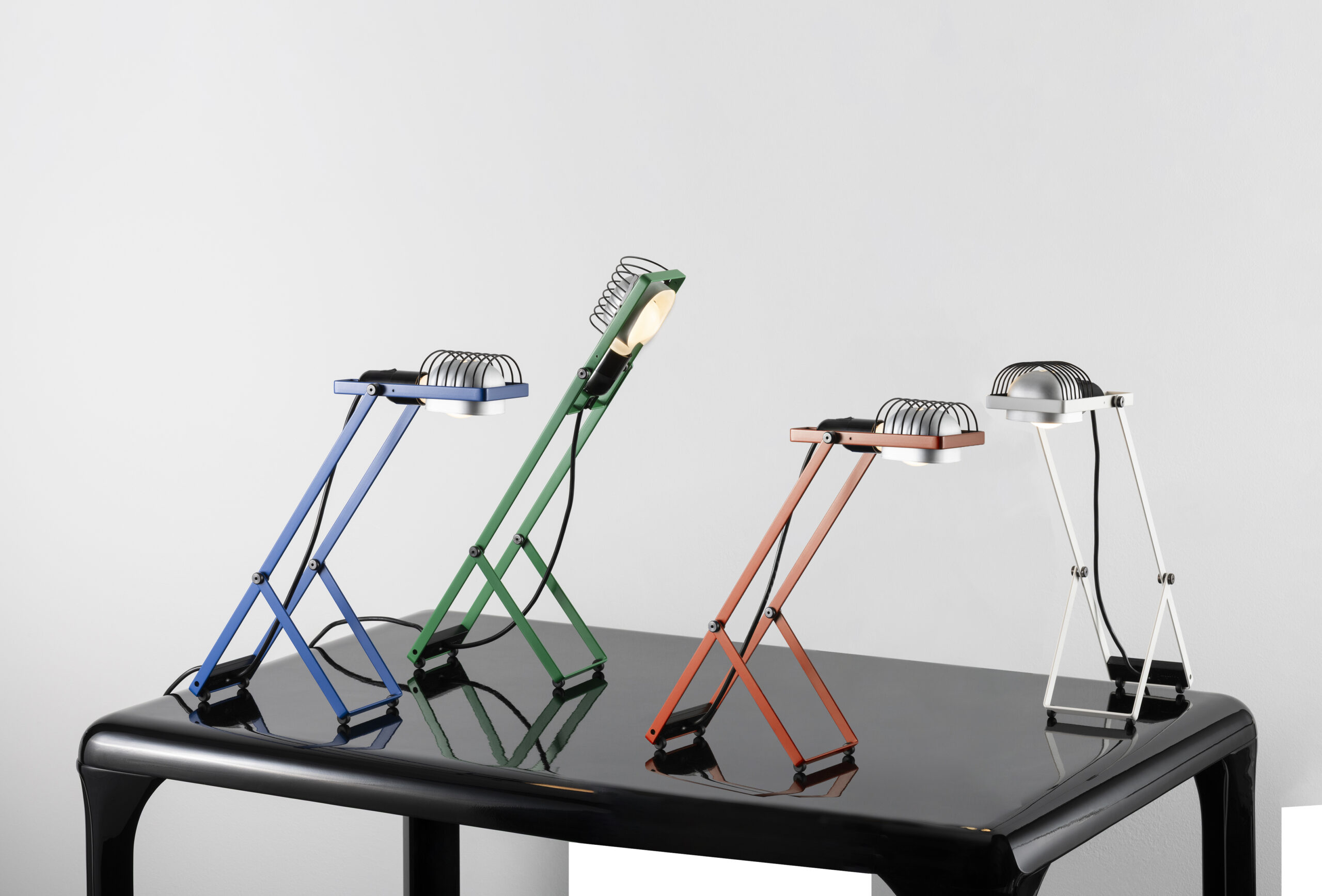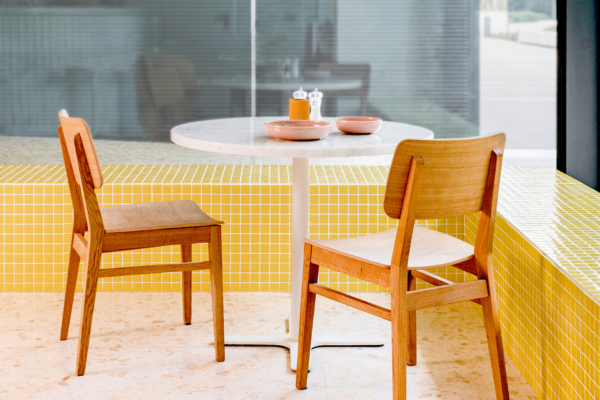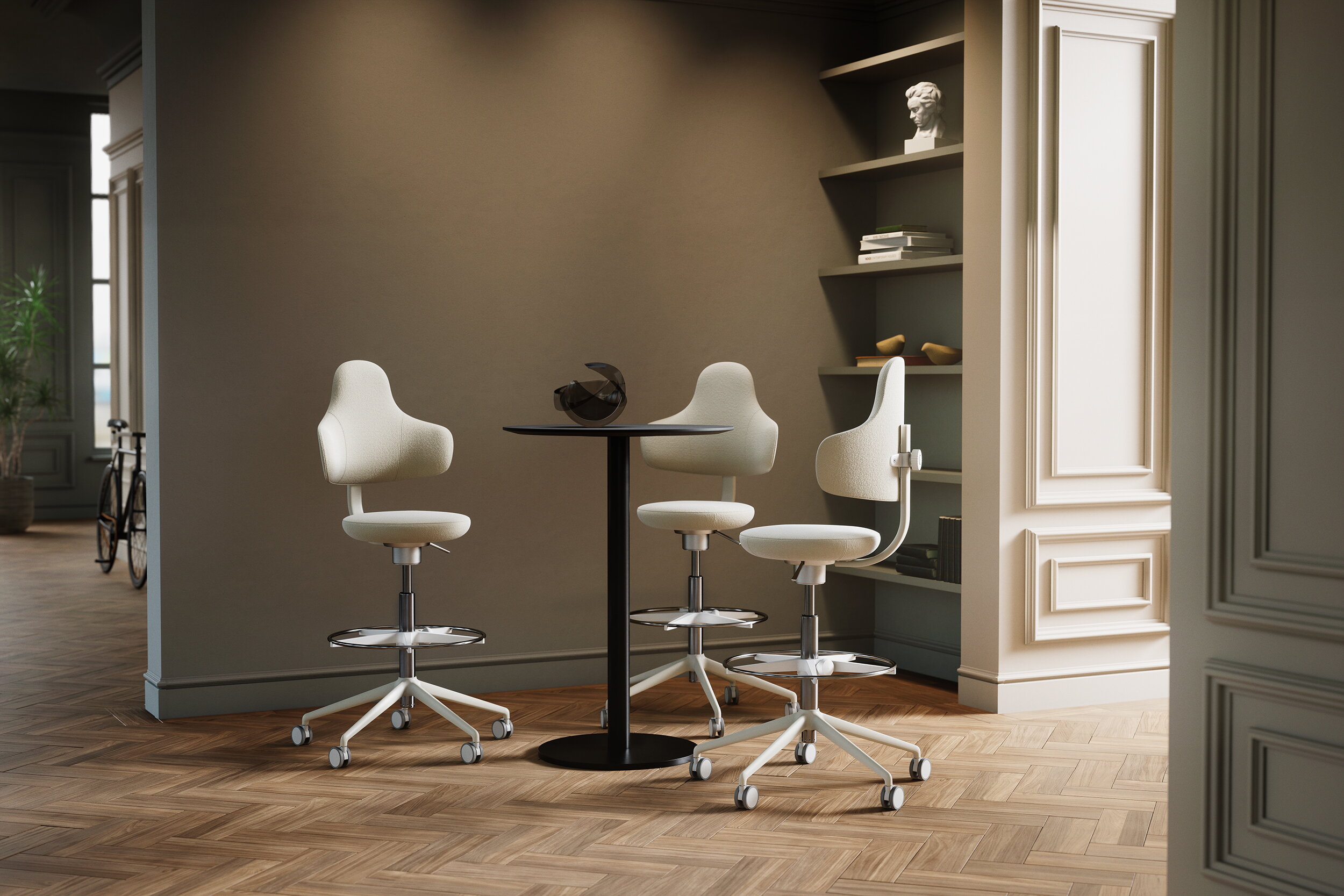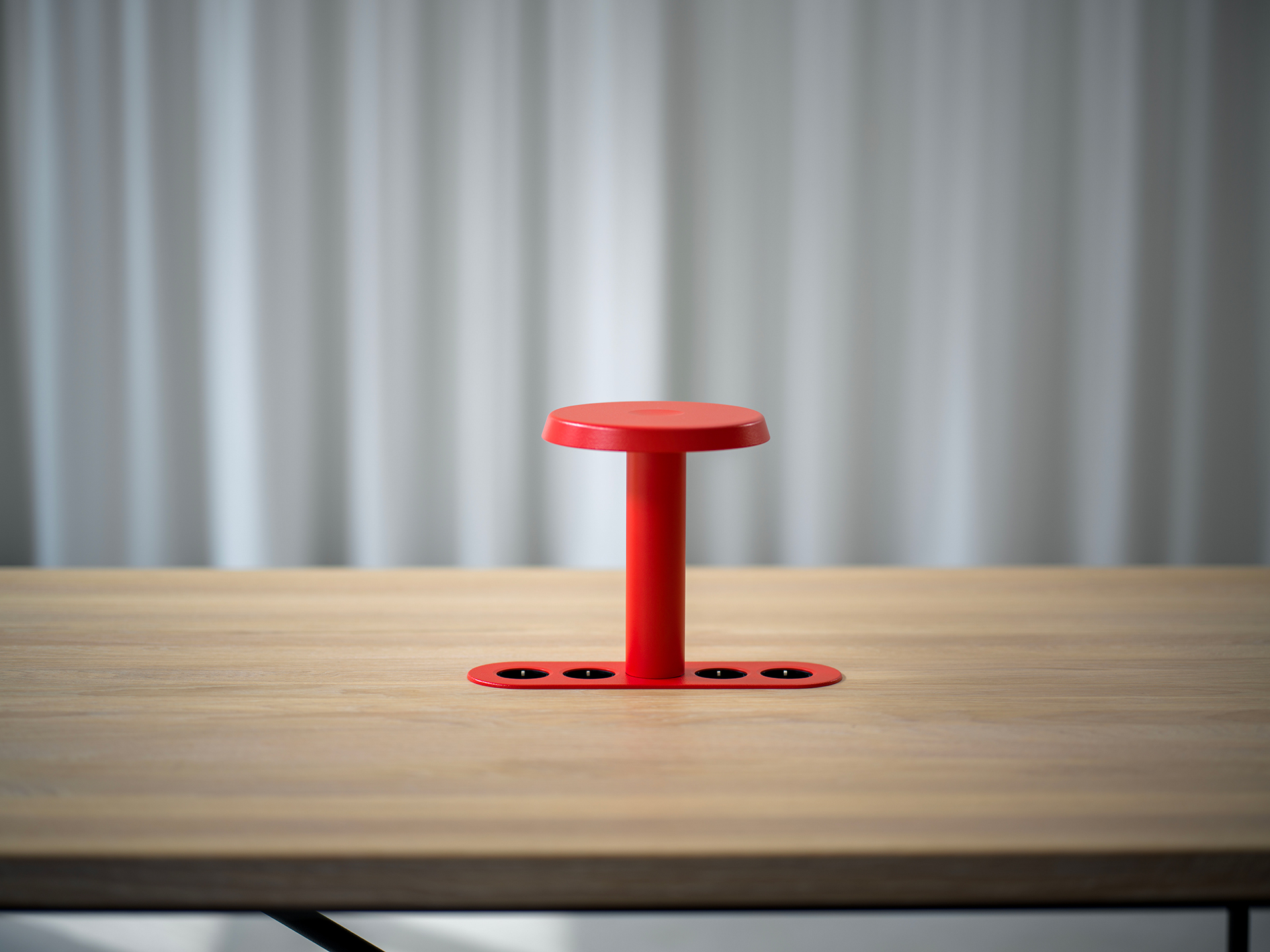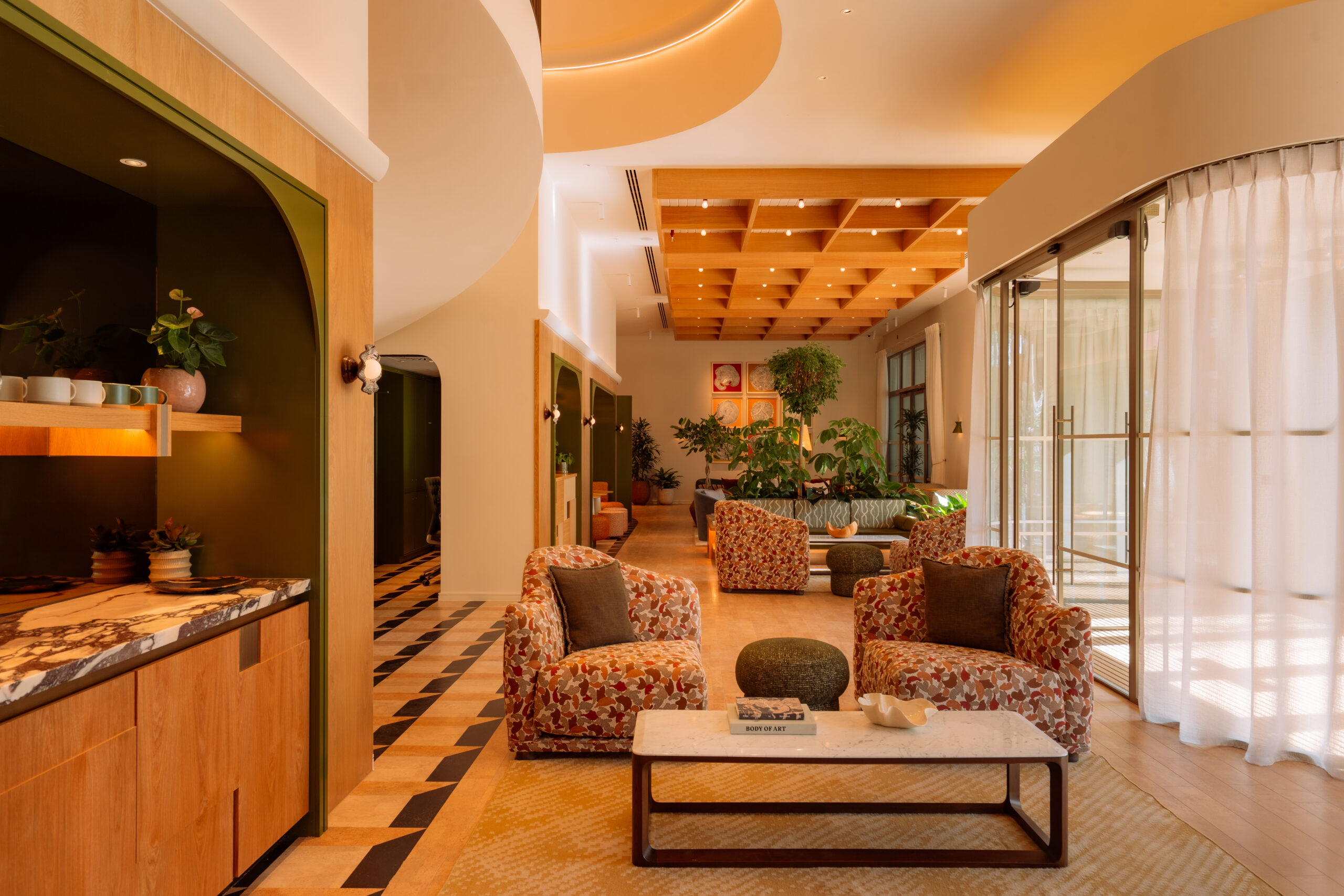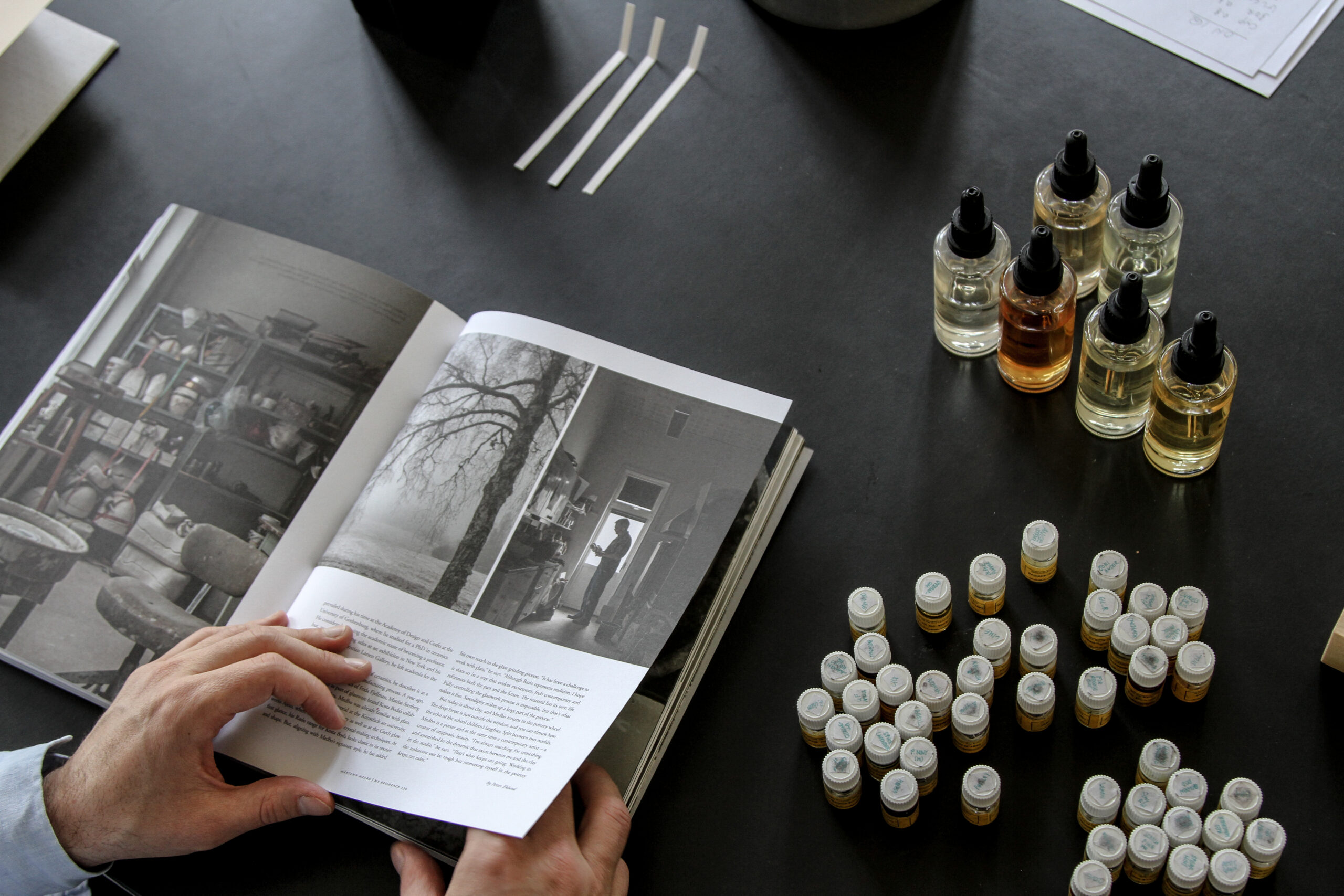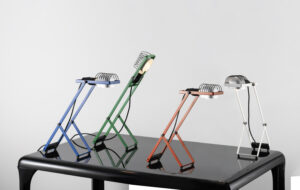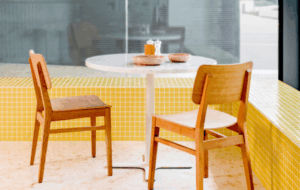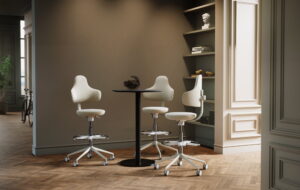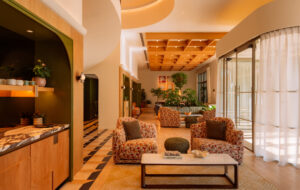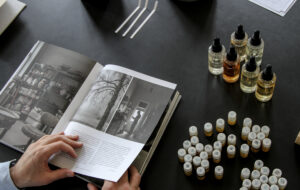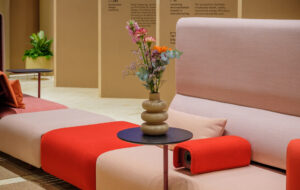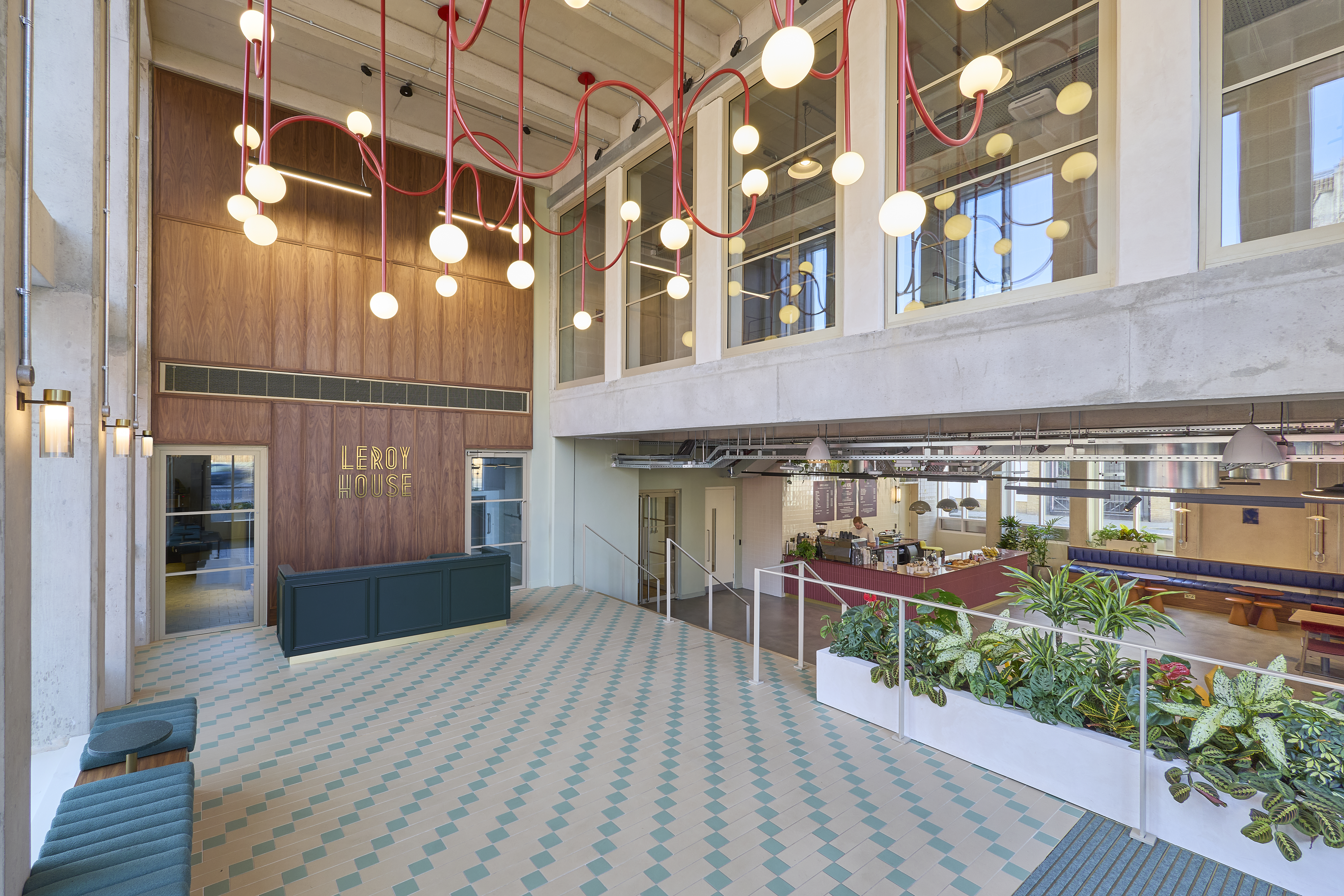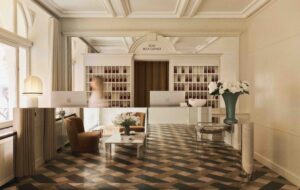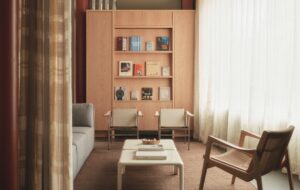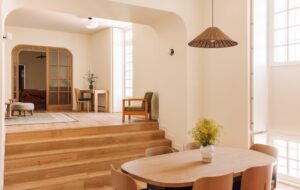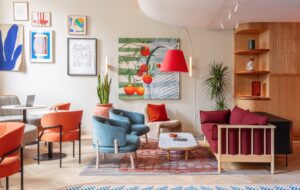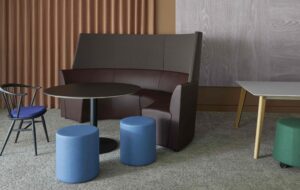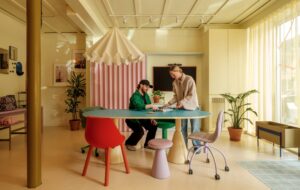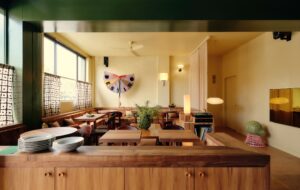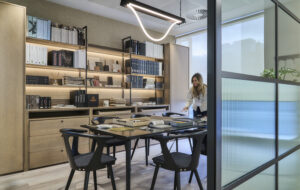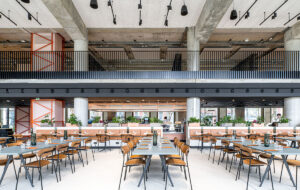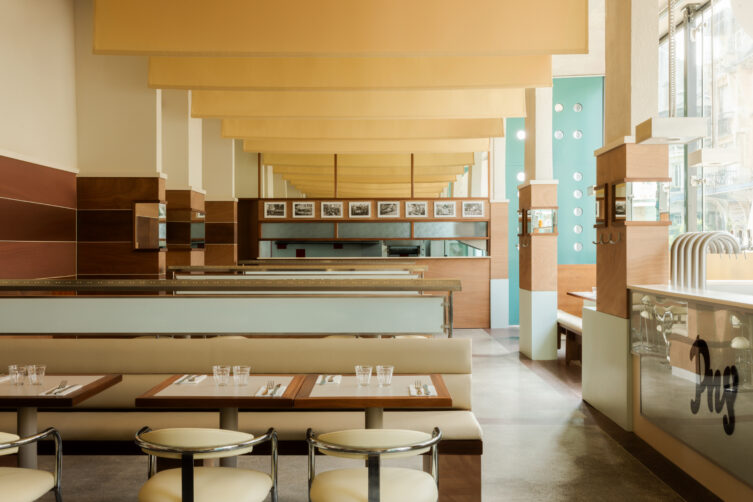
With his burgeoning empire of stylish burger joints, entrepreneur and designer Rudy Guénaire is on a mission to import a flavour of North American diners to France
Paris-born Rudy Guénaire might have developed a passion for US diners vicariously – as a fan, say, of Hollywood films such as Quentin Tarantino’s Pulp Fiction. But, he explains, he has experienced them first-hand. “In my 20s, I hiked through the US from the Mexican border along the Rockies to Canada. I ate a lot in diners in small cities in the Midwest.” What in particular did he like about them? “The mood,” he says. “They felt comforting.”

Guénaire, who is self-taught, is the founder of multidisciplinary design studio Nightflight (named after Antoine de Saint-Exupéry’s novel, Vol de Nuit). In 2012, he co-founded PNY (short for Paris New York) with Graffi Rathamohan. Their first restaurants opened in Paris and were designed by Belgian architect Bernard Dubois (whose other projects include boutiques for Courrèges and Lanvin).
Guénaire was clearly onto something as, more than a decade later, PNY eateries are now found in Nantes, Strasbourg, Grenoble, Bordeaux, Lille, Lyon and Crillon-le-Brave. The newest one, in Reims, was designed by Guénaire himself. “I discovered that the restaurants’ design was my main interest, and now devote my time to this.”

None remotely resembles drecky diners like Café Tropical in Canadian TV sitcom Schitt’s Creek, however. Instead, they tend to fuse the timeless chic of French bistros with streamlined West Coast mid-century modernism. Occasionally they flirt with European pop or space-age styles. Disco balls cover the ceiling of the Lille outpost, while the walls of the Lyon branch are aglow with Ettore Sottsass’ 1970 Ultrafragola mirror in its undulating, illuminated flesh-pink frame.
So how does Guénaire pick locations for the PNY eateries? “They need to be inspiring. Reims is in one of the most beautiful parts of France.” Even so, the branch here is housed in a distinctly urban, modernist building – Halle du Boulingrin is a covered market designed by architect Émile Maigrot in 1929 and restored in 2012. The restaurant’s 130 sq m interior seats 62 people, while its outdoor terrace holds the same number.

Guénaire was drawn to the impressive scale of the building but wanted the restaurant to feel more intimate. Accordingly, he suspended banners of fabric in a softly luminous buttermilk shade, evoking sunshine, from the ceiling, which also visually lower its height.
“The fabric’s colour is inspired by curtains in a house designed by Albert Frey in Palm Springs,” he says. The strongly horizontal lines of these banner-like strips are echoed by bands of wood panelling in alternating mid or dark tones that nod to the mid-century work of architect Rudolph Schindler and the designs of Charles and Ray Eames. Slivers of mirror wrapped around columns reference Frank Lloyd Wright’s use of corner windows in projects like Fallingwater.

Guénaire’s affection for US diners is explicitly invoked by black-and-white photos of vernacular diners featured in the 1979 book American Diner by Elliott Kaufman and Richard JS Gutman, which front the kitchen area.
Diners perch on banquettes or on Guénaire’s bespoke Wavy chairs with curvilinear frames and cantilevered seats. A cross between Sottsass pop and Marcel Breuer rationalism, Wavy was inspired by the golden curls of Californian surfers, according to the designer. One wall is painted a limpid turquoise in reference to Californian swimming pools, while a surfboard hangs on another.
Guénaire also crafted custom lighting for this branch, including aluminium lamps that feature small holes in order to cast a dappled light across the dining space.

But he isn’t solely interested in creating super refined interiors. One motivation for featuring pop accents in the Reims restaurant is to shake up the city’s stuffy dining image. “Reims is quite bourgeois, known for Michelin-starred restaurants,” he says. “I wanted this PNY restaurant to feel informal. People in Reims need more of this.”
Photography by Ludovic Balay
This story was originally featured in OnOffice 171, Summer 2025. Discover similar stories by subscribing to our weekly newsletter here

